What an incredible surprise we had in Fjordland after travelling there from our events in Invercargill. It is fair to say we were pretty weary when we arrived in Te Anau and the staff at the YHA Te Anau hostel kindly offered us a room for our stay. We were beyond excited at the prospect of a bed for two weeks and somewhere to call ‘home’ as we caught up on office work. Our time at the hostel was well spent; we caught on our behind-the-scenes work and organised fifteen new shark conservation events! We couldn’t have done that without the support of YHA New Zealand and we are constantly grateful for their sponsorship of Friends for Sharks.
Our fifteen new events will take place throughout late May and early June in Nelson and Motueka (in the northern part of New Zealand’s South Island). We are delighted that all of those events are school-based and include shark art as well as school lessons about marine conservation.
This brings our grand total to fifty three events in New Zealand alone, with more to be booked!
We also managed to take a few days away from office work whilst staying at Te Anau and we explored the incredible beauty of Fjordland. It was pouring rain most of the time but that didn’t stop us and we did some days walks of the Kepler Track, which is one of New Zealand’s Great Walks. This track is well-known for its scenery and it didn’t disappoint. We spent one day walking through beech forest along the banks of Lake Te Anau that contained an incredible array of fungi, moss, lichen and tree ferns.
Up we climbed to Mount Luxmore Hut and the forest became even more beautiful as the lichen thickened and hung in hairy strands from the trees. We stopped just shy of the hut itself, where the forest abruptly turned into stark alpine grassland, and ate our standard picnic of cheese sandwiches, carrots, apples and nuts before returning home. It was a long 7 hour day hike so we didn’t go any further!
The silence in the forest was a stark reminder that introduced predators including stoats, weasels, feral cats and rats have decimated the native bird species of New Zealand. The Department of Conservation work endlessly to control predator populations and we noted there were a number of traps alongside the walking paths. Whilst I have mixed feelings about trapping in general, their methods are humane and it is absolutely necessary if New Zealand is to preserve its incredible bird-life. I was pleased to hear that Fjordland is home to Kiwis and hope their populations increase in the future.

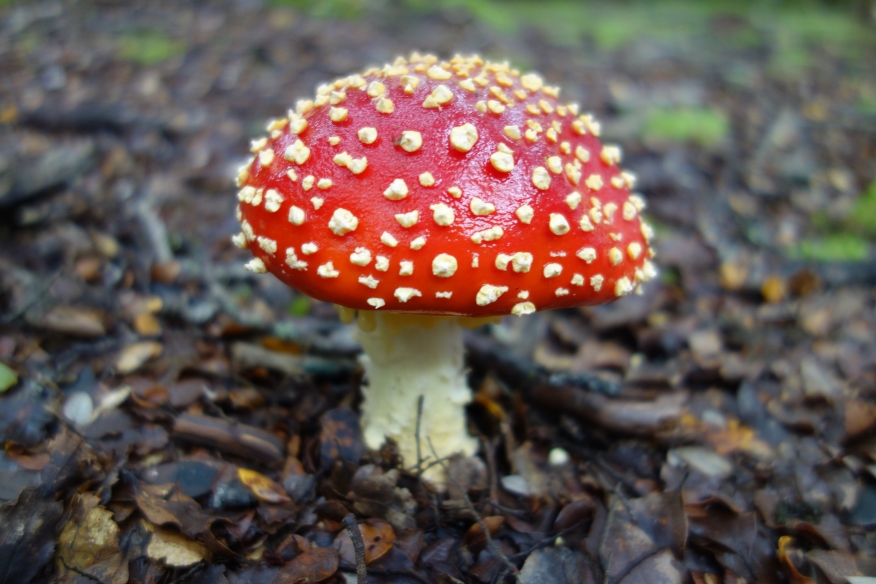
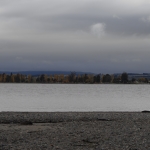
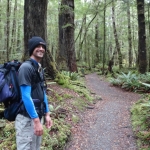
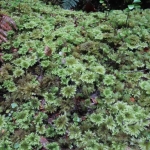
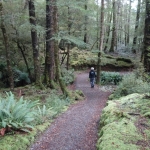
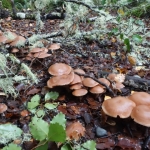
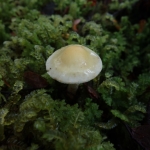
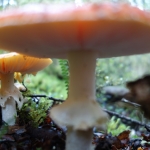
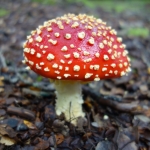
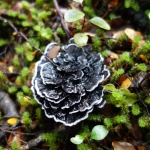
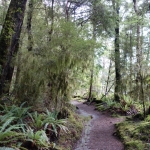
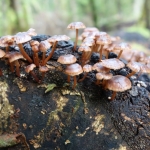
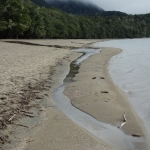
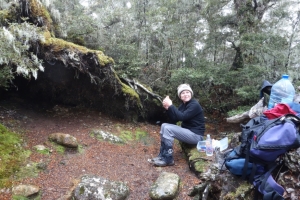
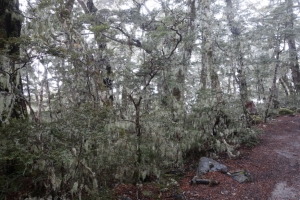
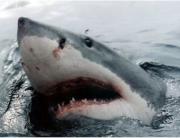
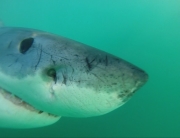
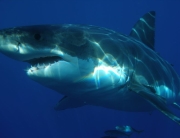
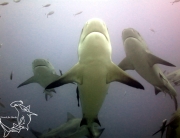
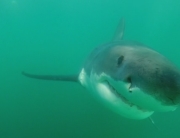










Follow Us